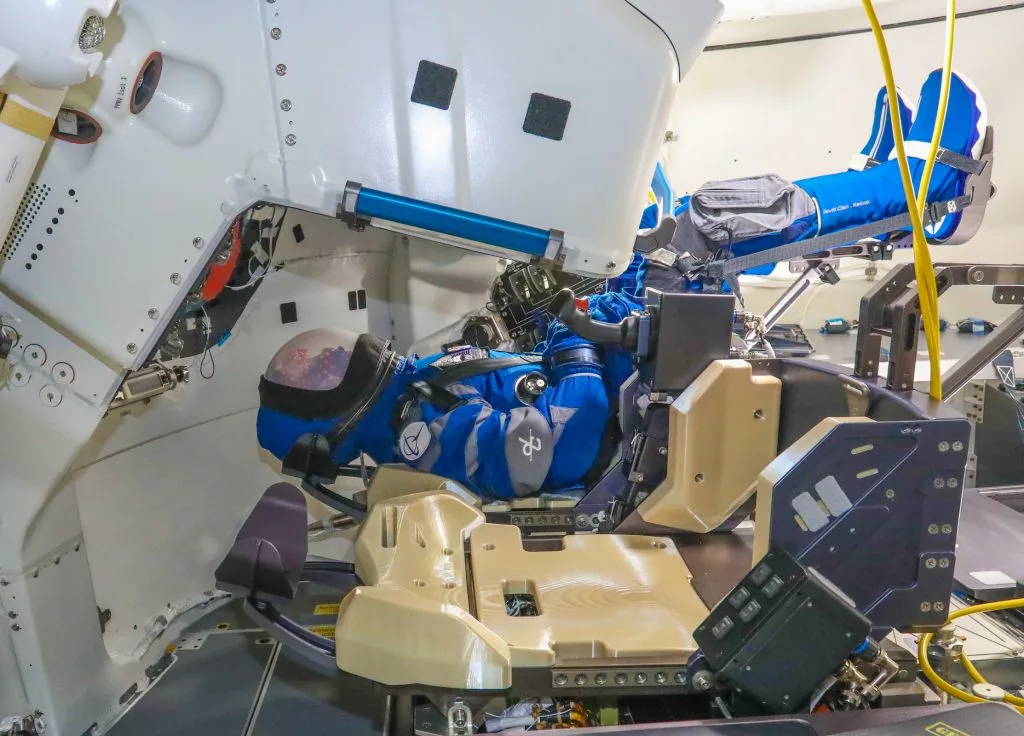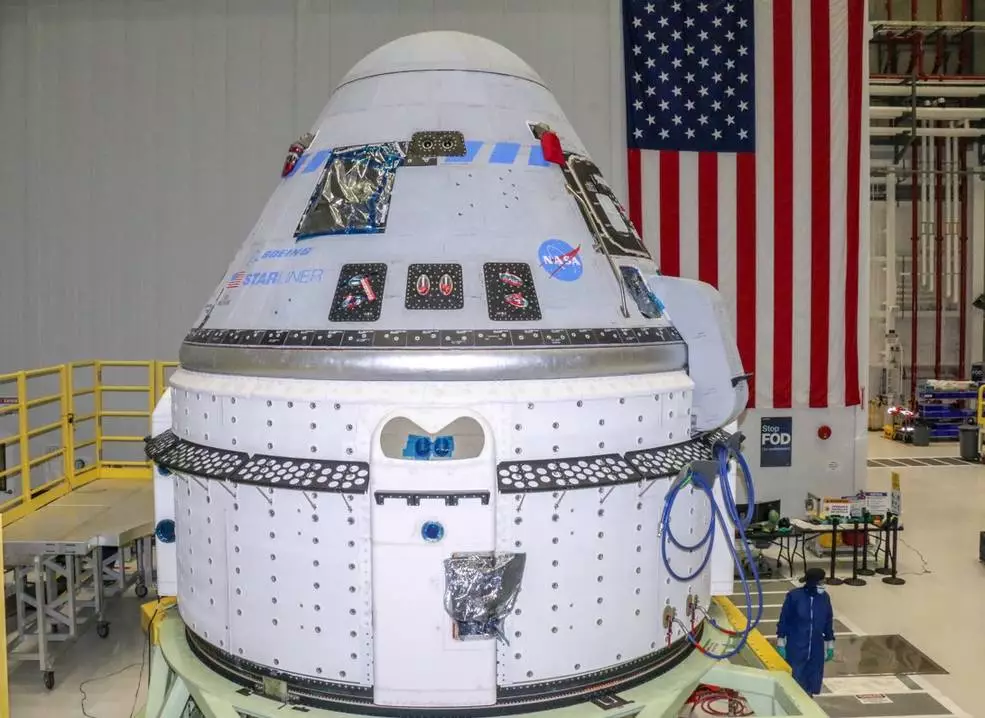An advanced spacecraft under development by Boeing is set to swing back into action, following a failed attempt to reach the International Space Station (ISS) in 2019. The Starliner capsule is undergoing final preparations ahead of a launch next week, which is hoped to demonstrate its ability to ferry astronauts to and from the orbiting laboratory ahead of crewed flights planned for later in the year.
The Boeing Starliner capsule is a part of NASA's Commercial Crew Program, which is a venture through which the agency has partnered with commercial companies to accelerate the development of human-rated spacecraft. The idea is to end a US reliance on Russian-built Soyuz capsules to carry NASA astronauts to and from the ISS. Competitor SpaceX is well advanced in its efforts, successfully using its Crew Dragon spacecraft to transport NASA astronauts in the program's first commercial mission, which concluded in May.
After years of development, the Starliner set off on its first flight to the ISS in December of 2019. But instead of docking with the station, it spent two days in the wrong orbit before being brought safely back to Earth. NASA and Boeing promptly embarked on a joint review to figure out what went wrong, pinpointing software glitches and a communications failure as part of the problem.
The recommendations put forward by the review team have now been enacted by the mission planners. In the lead up to the spacecraft's second flight, they have also carried out full mission simulations and dress rehearsals, and this week planted a dummy called Rosie the Rocketeer in the commander's chair.

Rosie took part in the first mission, wearing 15 sensors to collect data on the effects of spaceflight on astronauts. This time around, the craft's data capture ports will be plugged into sensors that collect information from the pallet that holds all the crew seats in place.
All going to plan, Starliner will autonomously dock with the space station and hand off around 440 lb (200 kg) of cargo and supplies for its crew. It will spend five to 10 days there before undocking and returning to Earth, landing in the western US. If it can tick the right boxes on this test flight, NASA and Boeing hope to progress to a crewed mission before the end of the year.
The mission is scheduled to lift off on Friday July 30 from Cape Canaveral, with the Atlas V rocket to serve as the launch vehicle.





